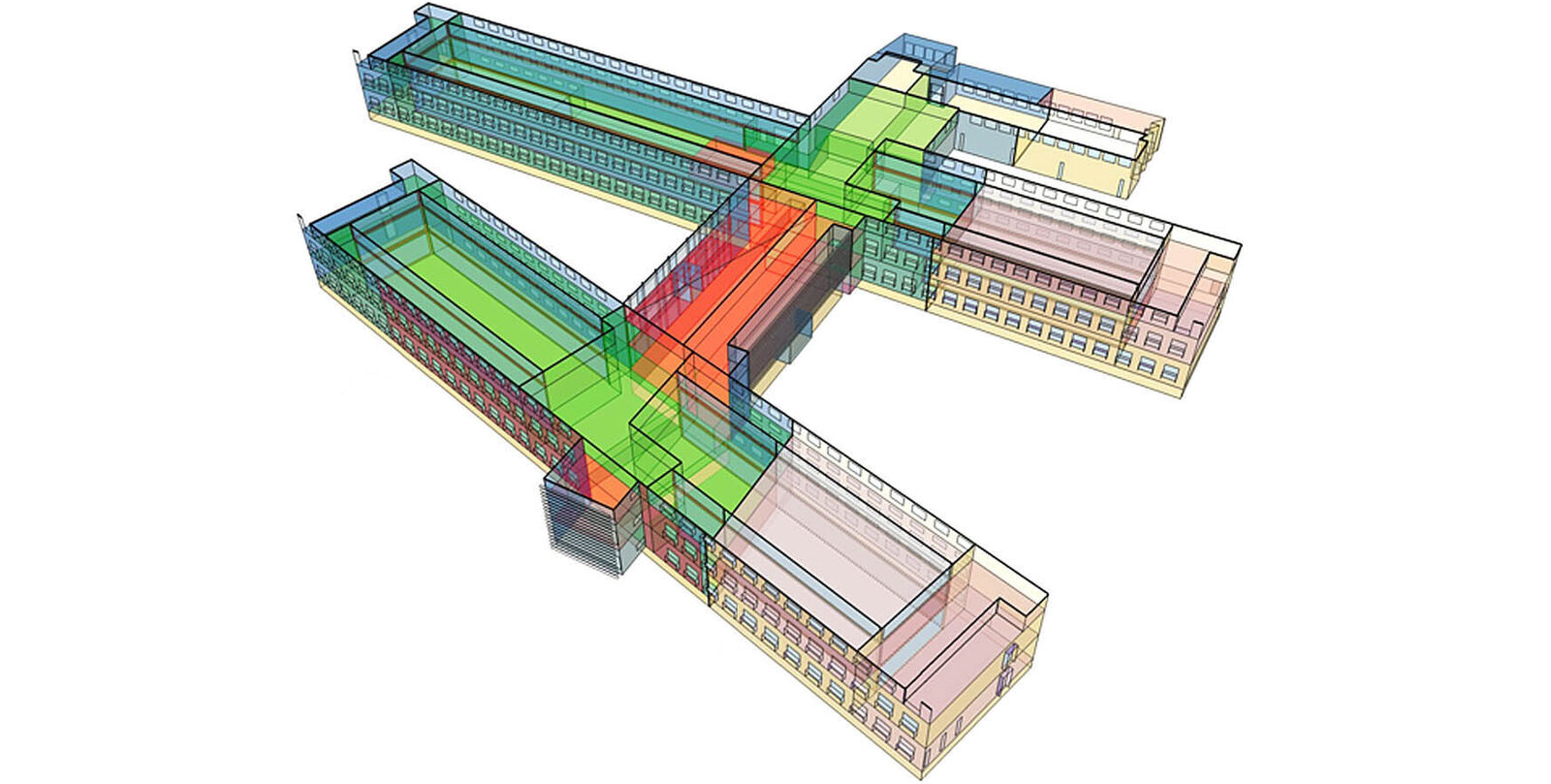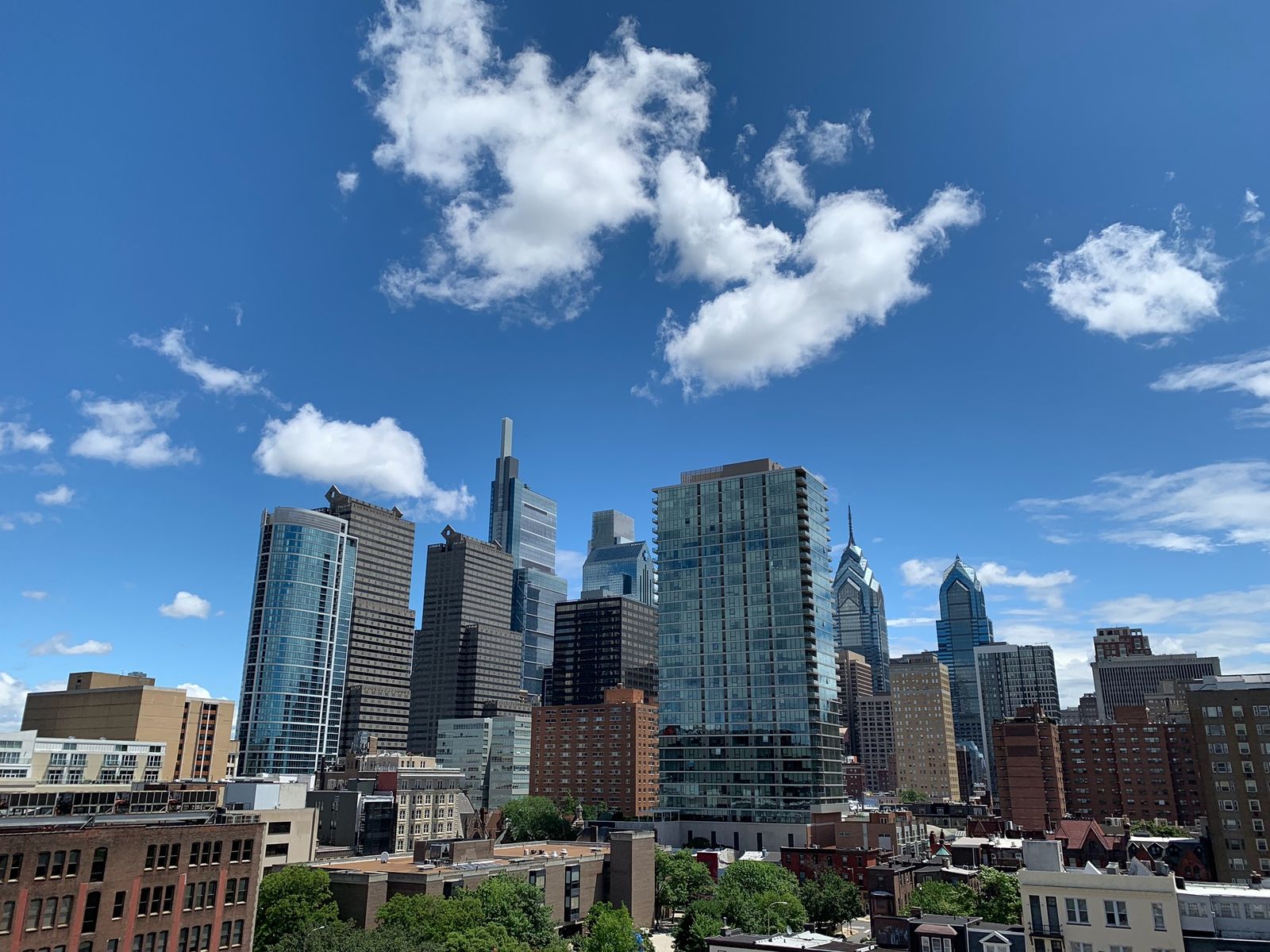Webinars On Demand

Learn about green building and sustainability concepts at your convenience!
GBU offers webinars on demand as an efficient way to earn CEUs. Members can access current webinar offerings on the GBU Member Portal, however, the non-member access form is under construction. Make sure to check out our events page for live education, as well as those hosted by external partners.
*Webinars are previously recorded content from Green Building United conferences and events. If you attended the live webinar or in-person version of a session and have already received credit and cannot receive duplicate credit.
Webinar Cost
Green Building United Member: FREE
Members receive a variety of benefits beyond webinar access. Learn more and join/renew today!
Conference Bundles

2021 Sustainability Symposium
The theme for Green Building United's 11th Annual Sustainability Symposium was equitable decarbonization with sessions covering health, energy, and climate resilience.
- Keynote Speaker Donnel Baird, CEO of BlocPower
- 4 Sessions
- Operationalizing the Whole Life Cycle Carbon Approach
- Climate Activism Through Design
- Health in Resilient Housing
- Diverse Voices for Change – Women Architects in a Quest for Regenerative Design
Recorded in September 2021
Worth 5 AIA (HSW) and 5 GBCI credits
2021 New Gravity: Accelerated Edition
Green Building United’s 5th annual New Gravity Housing Conference was a virtual collaboration with Passive House Accelerator LLC - a creative catalyst for zero energy carbon building. New Gravity is focused on discussing and promoting policies and practices that support high-performance affordable housing. This year will feature four interactive sessions ranging from technical insight on projects to broader market transformation discussions, and participants will be joining across the globe!
- 4 sessions (recorded live)
- Keynote Speaker Dr. Kwesi Daniels
Recorded in July 2021
Worth 5 AIA LU|HSWs, 4 GBCI CEs, and 4 CPHC credits

Individual Webinars

Fine Tuning your BAS
This course will provide prescriptive best practices for maintaining good operations, and an overview of the re-tuning process using building automation system (BAS) trend data. Attendees will learn how to look for and optimize the control strategy for many of the common energy-saving opportunities such as occupancy scheduling, temperature, and static pressure control, and economizer function.
This course is ideal for onsite O&M staff responsible for day-to-day building operation; O&M staff management looking to integrate energy efficiency into their O&M procedures; and offsite contractors (retro-commissioning agents or control vendors) hired to improve a building's energy efficiency.
Recorded May 2021 as part of the Sustainable Building Maintenance Series
Series is worth 4 AIA LU|HSW
Delaware Pathways to Green Schools, Energize Delaware Program, and Philadelphia 2030 District participants can view the webinar for free by reaching out via our contact form.
Efficient Building Operations & Maintenance
The purpose of this course is to help operations and maintenance (O&M) staff learn how to operate buildings more efficiently, reduce operating cost, and provide energy savings. This course will provide prescriptive best practices for maintaining good operations. Attendees will learn the basic principles of preventative maintenance, electrical diagnostics, building commissioning, and demand response.
This course is ideal for onsite O&M staff responsible for day-to-day building operation; O&M staff management looking to integrate energy efficiency into their O&M procedures; and offsite contractors (retro-commissioning agents or control vendors) hired to improve a building's energy efficiency.
Recorded May 2021 as part of the Sustainable Building Maintenance Series
Series is worth 4 AIA LU|HSW
Delaware Pathways to Green Schools, Energize Delaware Program, and Philadelphia 2030 District participants can view the webinar for free by reaching out via our contact form.


Building Science of Commercial Buildings
The purpose of this course is to introduce building staff and management to the primary systems in commercial buildings that use energy. This course will explain how the HVAC, lighting, and building envelope operates, interact, and use energy. The attendees will learn examples of and good practices for energy efficiency opportunities, overview, and tools for making sound economic decisions related to energy efficiency upgrades, and understand when to use nationally recognized energy efficiency tools and their expected level of effort and cost.
This course is ideal for onsite O&M staff responsible for day-to-day building operation; O&M staff management looking to integrate energy efficiency into their O&M procedures; and offsite contractors (retro-commissioning agents or control vendors) hired to improve a building's energy efficiency.
Recorded April 2021 as part of the Sustainable Building Maintenance Series
Series is worth 4 AIA LU|HSW
Delaware Pathways to Green Schools, Energize Delaware Program, and Philadelphia 2030 District participants can view the webinar for free by reaching out via our contact form.
Passive House Demonstration Project - Final Presentation
In 2020 the Passive House Community kicked off a Demonstration Project with Habitat for Humanity Philadelphia. The focus was on Habitat's Oxford Green Project, and the feasibility of implementing Passive House principles into design and construction. After a year of charrettes and many hours spent reviewing the information we gathered, the group shared a final summary with the public.
Check out this presentation to hear a recap of the opportunities and constraints that were identified throughout the process.
Recorded in June 2021
Worth AIA LU and PHIUS CPHC credit (1 hour)


C-PACE Update: Case studies from our region
Commercial Property Assessed Clean Energy (C-PACE) provides financing for energy efficiency, renewable energy, and water conservation in new construction, gut rehab, and renovation projects.
This new-to-Pennsylvania and -Delaware financing mechanism benefits projects by overcoming several common barriers to reducing the carbon footprint of buildings: 100 percent upfront financing, up to 30-year terms, and the special assessment stays with the property if a sale occurs. Representatives from Delaware C-PACE, Pennsylvania C-PACE, and Philadelphia C-PACE will discuss how the program works and review some early success stories.
Learn how C-PACE can be used to help push one of your projects over the finish line or invest more deeply in energy and water efficiency.
Recorded in April 2021
Worth AIA credit (1 hour)
Balancing Health and Energy Efficiency
This course will discuss the COVID-19 related adaptations commercial buildings have implemented. From changing schedules from full-space to partial-space operations, to increased ventilation, to new technologies, participants will explore the benefits, challenges, and energy impacts of each strategy.
This course is ideal for onsite O&M staff responsible for day-to-day building operation; O&M staff management looking to integrate energy efficiency into their O&M procedures; and offsite contractors (retro-commissioning agents or control vendors) hired to improve a building's energy efficiency.
Recorded in June 2021 as part of the Sustainable Building Maintenance Series
Series is worth 4 AIA LU|HSW
Delaware Pathways to Green Schools, Energize Delaware Program, and Philadelphia 2030 District participants can view the webinar for free by reaching out via our contact form.


LBC + Passive House Virtual Home Tour
William and Shelby Aldrich are a couple with an idea, and the idea itself is ideal. They want their first home, the one in which they begin to expand their family, to be holistically sustainable. They are designing the home to meet Passive House and Living Building Challenge standards. They want it to be small, yet utilize space efficiently enough to comfortably meet ADA requirements and harbor a family of (maybe) five. And!! They are considering the home as a prototype for a later prefab endeavor - to make LBC and PH certified homes more affordable to more people!
Check out this presentation to hear an overview from PA-based William and Shelby about this exciting endeavor, with questions moderated by Living Future Community and Passive House Community representatives.
Recorded in June 2021
Worth AIA LU|HSW, PHIUS CPHC credit, General LFA CE credit (1 hour)
What Federal Leadership on Climate and Housing Means for Philadelphia
Tackling COVID-19, climate change, racial equity, and the economy are among the Biden-Harris Administration’s top priorities. With such a drastic change at the federal level, there are many new, exciting opportunities to address these interconnected crises at the local level here in Philadelphia. This webinar was a joint collaboration with Philadelphia Association of Community Development Corporations (PACDC) and Green Building United (GBU) and featured a discussion on the federal government’s new priorities and how they might impact the City of Philadelphia. Khalil Shahyd from the Natural Resources Defense Council presents an overview of the Biden-Harris priorities with an emphasis on the nexus of housing and climate change. Shahyd’s presentation was then followed by a discussion with Philadelphia Councilmember Katharine Gilmore Richardson and Philadelphia Chief Resilience Officer, Saleem Chapman on how to best connect these federal priorities with on-the-ground needs in Philadelphia.
Recorded on May 21, 2021, in partnership with PACDC
Worth 1 AIA (HSW) and 1.5 GBCI CE hour

